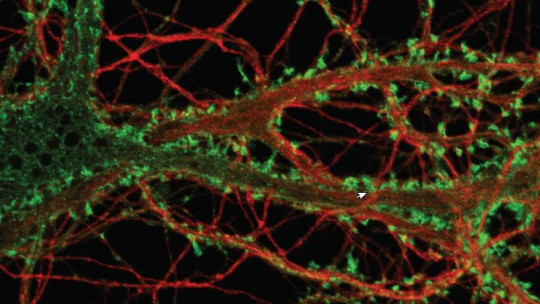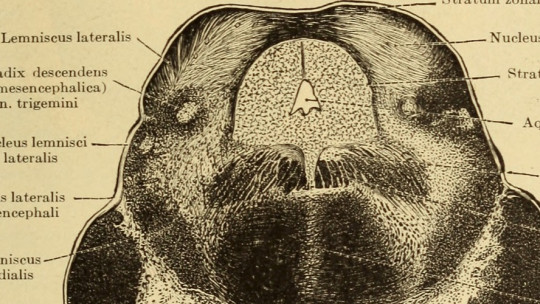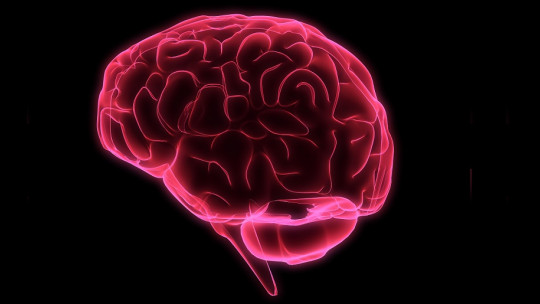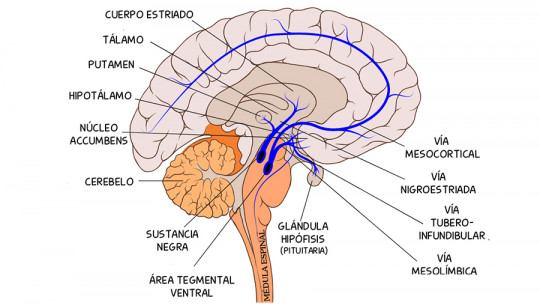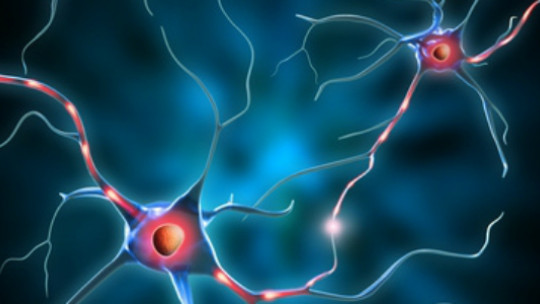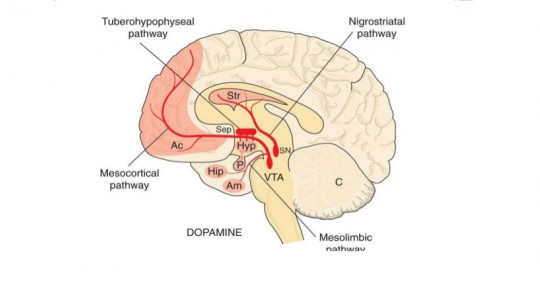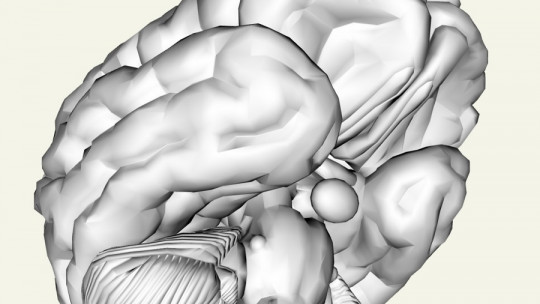The experience of sensations of well-being and pleasure, as well as the correct functioning of systems such as the motor apparatus and cognitive functions, is possible thanks to the production and release of a neurotransmitter substance known as dopamine.
Those in charge of these tasks of manufacturing and transmitting this neurotransmitter so essential in human functioning are dopaminergic neurons, which we will talk about throughout this article In it, we will describe their main characteristics, as well as their functions and the pathways they use to travel through the nervous system.
What are dopaminergic neurons?
Dopaminergic neurons are defined as that set of brain cells that inhabit the nervous system and whose mission is to produce the neurotransmitter known as dopamine, as well as transmit it to other cells of the nervous system.
The release of dopamine enables the activation of certain structures and brain areas that enable functions related to movement and motivation, as well as a large number of higher cognitive functions.
This release and transmission of dopamine throughout the different structures of the nervous system is possible thanks to the dopaminergic pathways. These pathways consist of a series of interconnected neuron pathways through which dopamine travels.
This neurotransmitter is produced in the neuronal cytoplasm, within the soma of the neuron, to be transmitted later through the axons of this which create projections to the different synapse sites.
As a consequence, any type of injury, condition or disease that causes the degeneration of dopaminergic cells will result in the appearance of all types of diseases in which the person experiences a gradual worsening of their brain functions. Among these conditions we find neurodegenerative diseases such as Parkinson’s or others such as schizophrenia.
Dopamine as a product of these neurons
As mentioned above, dopamine is the neurotransmitter produced by these dopaminergic neurons. This substance belonging to the group of catecholamines is found throughout the entire central nervous system, specifically in the intersynaptic space of the brain.
The mission of dopamine is to activate different types of dopamine receptors , which harbor specific receptors for this neurotransmitter. Thanks to these receptors, dopamine is released and reuptaken along all dopaminergic pathways.
Although this type of dopaminergic neurons can be located in a large number of structures of the nervous system, they tend to occur to a greater extent in the substantia nigra, named for the large amount of melatonin it contains and which gives it its color. characteristic, as in the hypothalamus.
How is dopamine transported? dopaminergic pathways
The dopaminergic system, and therefore its neurons, are organized into a series of pathways known as dopaminergic pathways. Are They are distributed throughout different areas of the nervous system within which they fulfill a specific function.
Although there are eight different dopaminergic pathways, only four of them become more relevant in the development of dopaminergic functions. These four pathways that make up part of the system are: the mesolimbic pathway, the mesocortical pathway, the nigrostriatal pathway and the tuberoinfundibular pathway.
1. Mesolimbic pathway
Thanks to this pathway, dopamine travels from the ventral tegmental area to the nucleus accumbens. It is located in the midbrain, also known as the midbrain, and its poor functioning is related to disorders such as schizophrenia.
2. Mesocortical pathway
In this second pathway, the neurotransmitter is transported from the ventral tegmental area to the frontal cortex. Like the mesolimbic pathway, alteration of the mesocortical pathway It is also related to schizophrenia However, it tends to have a greater impact on its cognitive processes.
3. Nigrostriatal pathway
As its name indicates, the nigrostriatal pathway releases dopamine from the substantia nigra to the striatum and its functions are associated with motor control. An alteration in this pathway can cause disorders such as Parkinson’s disease or different types of chorea.
4. Tuberoinfundibular route
This last pathway transfers dopamine from the hypothalamus to the pituitary gland, exerting its influence on some hormones such as prolactin As a result of some alteration in its functioning, prolactin levels in the blood can increase, causing a condition known as hyperprolactinemia.
What functions do these neurons fulfill?
At the beginning of the article it was already mentioned that dopamine, and therefore dopaminergic neurons, play an essential role in numerous functions of the nervous system. However, there are a series of actions or processes in which dopaminergic neurons are of special relevance.
1. They regulate the feeling of pleasure and motivation
If there is something for which dopaminergic neurons have gained special fame, it is their involvement in the processes of pleasure and motivation.
Thanks to the release of dopamine carried out by the neurons of the ventral tegmental areas and in areas of the amygdala, the lateral septal area, the neocortex or the olfactory and accumbens nuclei, the brain generates sensations of pleasure and reward.
These neurochemical reactions occur in situations of reward or gratification such as sexual behaviors, addiction processes or eating
2. They mediate cognitive processes
In this case, dopaminergic neurons located in the frontal lobes of the brain play a special role in the development and correct functioning of cognitive processes such as memory, attention, and problem-solving abilities
In the frontal lobes, the release of dopamine mediates the flow of information from other areas of the nervous system. As a consequence, the injury or degeneration of these brain areas leads to the appearance of the aforementioned neurodegenerative diseases, such as Parkinson’s disease, which cause cognitive deterioration in the patient, as well as motor alterations and problems.
3. They enable movement
Finally, and although dopaminergic neurons are involved in many other processes, these They have a special role in the correct development of movements as well as allowing the person to perform all types of fine and controlled movements.
This explains the appearance of the motor symptoms so characteristic of Parkinson’s disease, which are due to a deficit in dopamine production due to neurodegeneration.

